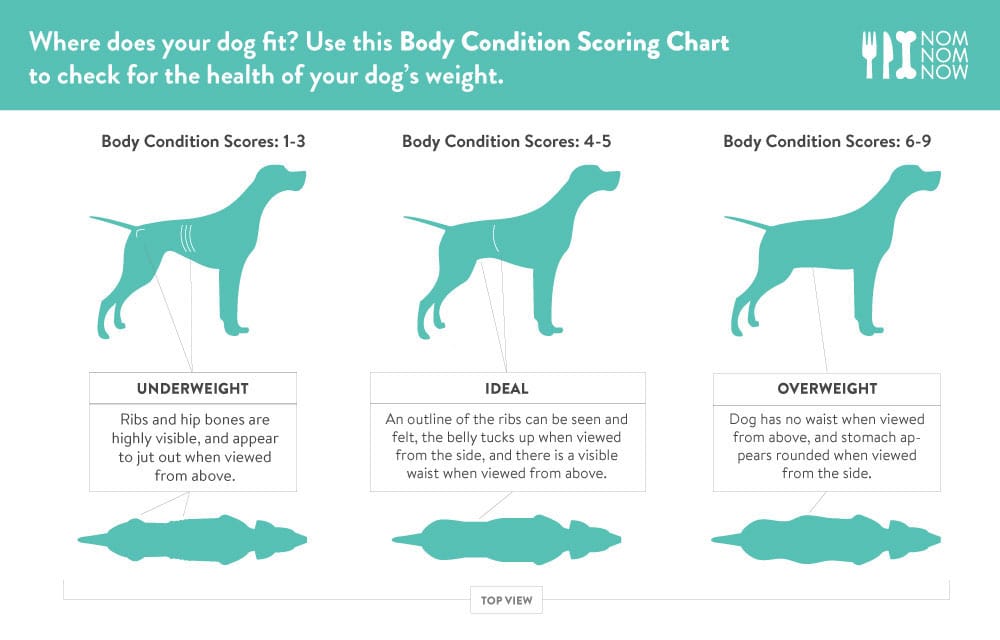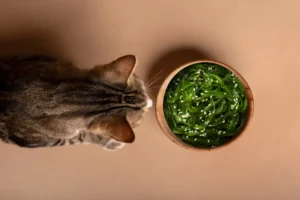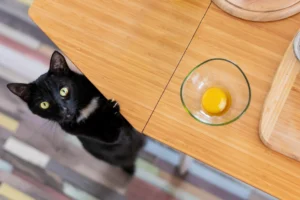Chonky boi, floof, pudge or loaf are some names that the internet has coined for rounder pets. Be it whether they’re overweight or simply made of 90% fluff, a healthy weight is pertinent to our furkids health and happiness.
While an extra squishy or jiggly pup may look cute while they “waddle” away, the extra pounds actually increases the risk of diabetes, heart disease, high blood pressure, urinary bladder stones, anesthetic complications, heat intolerance and cancer. Plus, the added weight also adds undue stress on bones and joints. This would be especially painful and uncomfortable for pets with arthritis and joint issues.
Typically, unhealthy weight gain can be attributed to a few causes such as breed, over feeding, lack of exercise, hyperthyroidism, Cushing’s Disease, neutering or spaying. However, veterinarians have singled out overfeeding as a major cause of pet obesity.
So yes, that extra cup of pet food, really does make a difference.
So here’s the golden question. Is my dog…
Fat or Fluffy?
Besides referring to weight charts specific to breeds, the Body Condition Score is another method you could use to determine if your pet is fit, fat or fluffy. All you’ll have to do is visually observe and physically examine them.

Image Credit: Nom Nom Now
Generally speaking, ideal weighted dogs should fulfill these characteristics:
- Easily palpable ribs that feel like when you run your fingers over the knuckles of your clenched fist.
- Palpable pelvic and back bones without having to press too hard.
- Abdominal tuck and waist observable from top view.
- Abdomen tucked up when viewed from the side.
Overweight dogs would typically have an abdominal tuck and distention as well as less palpable ribs. In comparison, underweight dogs would have no palpable fat as well as visible ribs, lumbar vertebrae and pelvic bones.
Tipping The Scales
Pet obesity is estimated to be apparent in 25-30% of pets in industrialised countries. However, this nutritionally responsive disease should be manageable with adjustments to the pet’s diet and habits.
Similar to how we would lose weight, there has to be an actionable plan in mind such as setting an end goal and having achievable tasks.
For example, we would not be able to lose and maintain a healthy weight by simply hitting the gym 4 times a day without any changes to our diet. Starving ourselves without any exercise wouldn’t be healthy either.
However, you should always speak to your vet or a certified pet nutritionist to determine the best way to get your pet to their ideal weight. Changes to a pet’s diet and lifestyle may add unnecessary digestive stress to them and should be introduced gradually.
Hence, here are some pointers to help your pet shed some pounds:
- A lower daily calorie intake or feeding smaller but more frequent meals
- An increase in roughage and protein intake to aid digestion and satiate their appetite.
- Imposing stricter meal times and not free-feeding, which means to not give in every time they beg for food outside of meal times. This also requires having your other human household occupants to be disciplined in this together.
- An increase in exercise and physical activity such as going for daily walks (once or twice a day) or a game of fetch, anything that’s fun and gets your pet to move around with you.
-//-
The happiness and well-being of our furkids are dependent on the love and attention we give to them. This includes going for their routine check ups, keeping them active and putting the most suitable nutritionally balanced meals in their bowls.
Should you require some advice on your furkid’s diet, our Petchef Advisors are always available to answer your burning questions.











